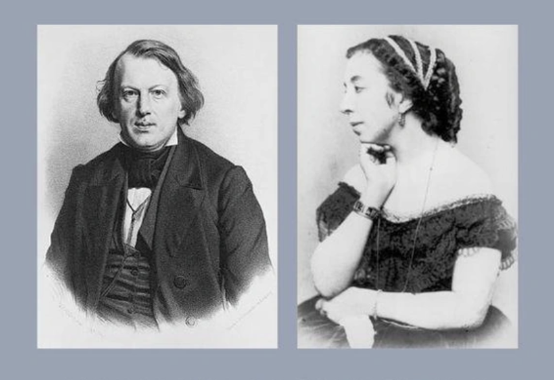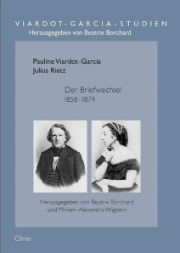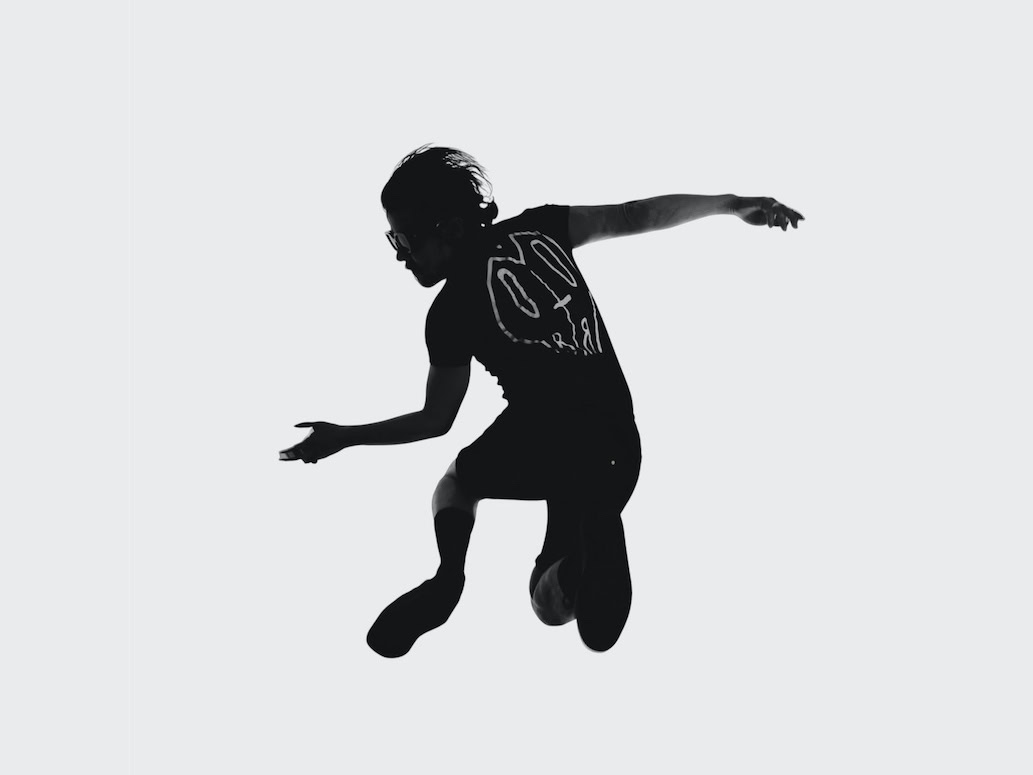Siblings in spirit
Following a biography of Pauline Viardot-García, Beatrix Borchard has now also published her correspondence with Julius Rietz, which took place between 1858 and 1874.

No professor researches the history of female creativity in the music business of the 19th century as intensively as Beatrix Borchard at the Hamburg University of Music and Drama. We have her to thank for valuable source studies on Robert and Clara Schumann, but also on Amalie and Joseph Joachim. In 2003, she also launched the multimedia research platform "Mugi" on the subject of music/music mediation and gender and developed it into an important reference work.
Through her studies of Clara Schumann, Borchard also came across Pauline Viardot-García (1821-1910), a close friend of the Schumanns. Viardot was very well-known and influential during her lifetime. She was born into a family of opera singers in Paris; her sister, who was 13 years older, was the legendary Maria Malibran.
Pauline Viardot originally trained as a pianist. But when Malibran's early death - she died at the age of just 28 - jeopardized the existence of the family business, her mother forced her to sing without further ado. And lo and behold, she too had the incomparable, tart timbre of her Spanish father in her voice, Viardot became Malibran's equal successor and celebrated triumphant successes throughout Europe.
Borchard was immediately fascinated by this truly European artist and her many talents as a composer, singing teacher and editor of old French songs. Following a biography of Viardot, she now presents her 660-page correspondence with Julius Rietz (1812-1877). Rietz, who had collaborated with Mendelssohn on the revival of Bach's St. Matthew Passion, was a theater conductor in Leipzig from 1847 and later conducted the Gewandhaus Orchestra; Viardot performed as a singer in both places.
The fact that such a fierce pen friendship developed between these two very different types of artists is not due to erotic love, as Borchard writes: "What was it then? Both write of brotherhood, of deep friendship. Both felt the need to open up unconditionally in their letters. Both confirm to each other again and again how vital the other's letters are to them."
Rietz's letters had previously remained unpublished, while those of Viardot have gradually become known and excerpts have been published, but never before in such completeness. The correspondence dates from the period from 1858 to 1874 and sheds light on the lives of both artists. Julius Rietz also tells us interesting things about famous musicians around the Gewandhaus Orchestra. And both were passionately interested in the correct interpretation of early music and supported the Leipzig Bach Society.
Viardot wrote in German and French, and the French letters are published here in German translation alongside the original. The four essays in the introduction to the correspondence are also interesting and well written, not only portraying Viardot and Rietz in their own way, but also - as the co-editor Miriam-Alexandra Wigbers has done - working out "musical themes of their correspondence". In addition, the detailed annotations to the letters testify to an enormous amount of background knowledge, and the commentary is clearly from a female perspective.
Conclusion: a very well-founded and excitingly annotated source edition.
Pauline Viardot-García - Julius Rietz: The correspondence 1858-1874, edited by Beatrix Borchard and Miriam-Alexandra Wigbers, (= Viardot-García-Studien 1), 663 p., € 68.00, Olms, Hildesheim u. a. 2021, ISBN 978-3-487-15981-2









